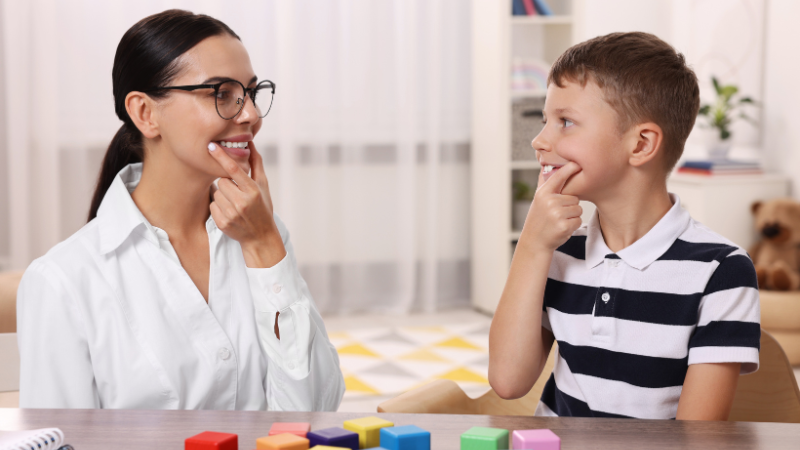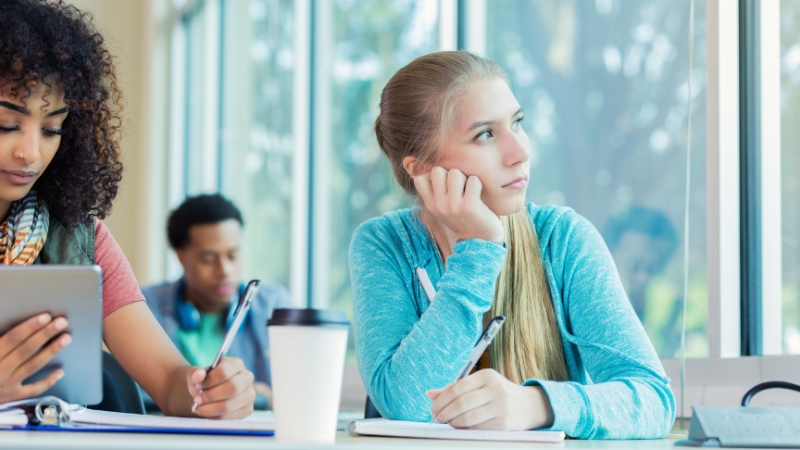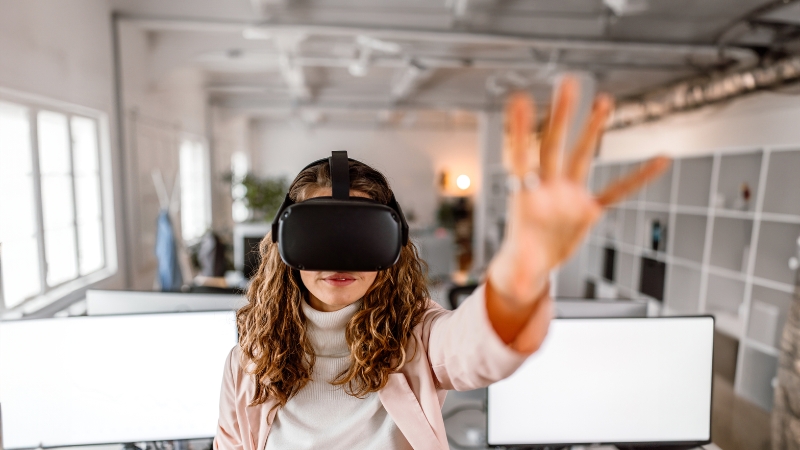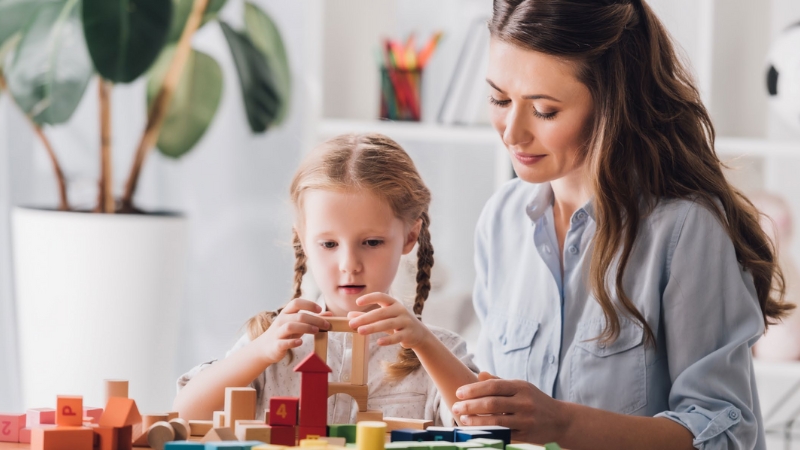In this article
ToggleAround 5,000 years ago, the Ancient Egyptians invented a picture-based writing system – hieroglyphics. Each picture represents a word or syllable with the heads of the human and animal characters pointing towards the start of each line. As time went on, the language became standardised and the same 700 or so signs were then used for about 2,000 years. Some of those signs still live on in our modern alphabets – our letter M, for example, derives from the hieroglyphic sign for a water wave.
Hieroglyphics made sense to the Ancient Egyptians. To us, though, the symbols look more like a secret code from a spy novel. We have to ‘crack the code’ before we can begin to grasp what the symbols might mean.
What is decoding?
Decoding is a key part of reading. Decoding a word involves knowing:
- The sound each letter makes – which isn’t always consistent as shown by the soft ‘g’ in ‘giraffe’ and the hard ‘g’ in ‘get’
- How to take the sounds apart and blend them so that ‘h-a-t’ becomes ‘hat’
- How letters combine to form a sound like ‘ch’ or ‘sh’.
We’re taught how to ‘crack the code’ of written English in the early years of our education.
Decoding with dyslexia
A child with dyslexia may need additional support to:
- Convert letter symbols to their correct sound (decoding)
- Convert sounds to their correct symbols (encoding or spelling).
Those persistent difficulties can affect learning and self-esteem. A child with dyslexia may:
- Struggle to learn letter sounds for reading and spelling
- Find it difficult to read single words, such as on flashcards and in lists (decoding)
- Read slowly with many mistakes
- Spell poorly
- Not comprehend what they are reading as well as their peers.
Traditional teaching methods do not work as well for children with dyslexia. A multisensory approach to learning may be able to help.
What is multisensory learning?
Your senses gather information about your surroundings and send it to your brain, which can then understand your environment.
Multisensory learning is an educational approach that harnesses the senses to support learning. It can be a valuable part of dyslexia therapy. The student is asked to keep linking what they see, hear and touch.
As Margaret Byrd Rawson (former President of The Orton Dyslexia Society, now The International Dyslexia Association) said,
“Dyslexic students need a different approach to learning language from that employed in most classrooms. They need to be taught, slowly and thoroughly, the basic elements of their language – the sounds and the letters that represent them – and how to put these together and take them apart. They have to have lots of practice in having their writing hands, eyes, ears, and voices working together for the conscious organization and retention of their learning.”
According to the Australian Dyslexia Association, “Research has indicated that all learners learn and remember best when learning is multisensory. Multisensory teaching techniques and strategies stimulate learning by engaging students on multiple levels.”
What does it look like in practice?
Multisensory learning offers children three pathways for learning (sight, sound and touch). In contrast, more traditional methods, such as learning sight words, tend to rely on one sense at a time.
With multisensory learning, children learn to link the sound with the feeling of forming its letter(s). They see it, hear it and touch it all at the same time. They’re harnessing the power of visual aids, auditory cues and kinesthetic techniques to make sense of the written word.
For example, many students confuse ‘b’ and ‘d’. Multisensory learning helps students use distinct methods to write each letter and so gain mastery. When writing the letter ‘b’, the student might always make the vertical line first and then draw the circle. However, when writing the letter ‘d’, they would always form the circle first and then draw the vertical line.
How can Neurofit Brain Centre help?
Neurofit Brain Centre provides a range of therapies for brain-based conditions, including dyslexia therapy.
We use evidence-based therapies designed to stimulate the chosen area of the brain. Often, we’ll use several of these at once (co-activation) giving the brain the maximum opportunity to form new neural pathways and strengthen itself.
Our tretherapy atment approach for dyslexia may involve:
- Transcranial direct current stimulation to the left side of the brain
- Sound therapy – rhythm-based interventions to help language processing
- Brain-based video games.
We believe brain activity makes an active difference. If your child has dyslexia, we encourage you to access our support.
Disclaimer
All information is general and is not intended to be a substitute for professional medical advice. Neurofit Brain Centre can consult with you to confirm if a particular therapy approach is right for you.
References
- New Scientist, Hieroglyphics, https://www.newscientist.com/definition/hieroglyphics/, [Accessed 16 November 2023]
- Understood, What is decoding? https://www.understood.org/en/articles/decoding-what-it-is-and-how-it-works, [Accessed 16 November 2023]
- Australian Dyslexic Association, Dyslexia in Australia, https://dyslexiaassociation.org.au/dyslexia-in-australia/, [Accessed 16 November 2023]
- Australian Dyslexic Association, MSL training courses, https://dyslexiaassociation.org.au/ada-recognised-training-courses/, [Accecssed 16 November 2023]
- Just the Facts, Multisensory teaching, https://ma.dyslexiaida.org/wp-content/uploads/sites/7/2016/03/Multisensory_Teaching.pdf, [Accessed 16 November 2023]
- Neurofit Brain Centre, Dyslexia therapy for kids and adults, https://neurofitbraincentre.com.au/people-we-support/dyslexia-treatment-for-kids-and-adults/, [Accessed 16 November 2023]








